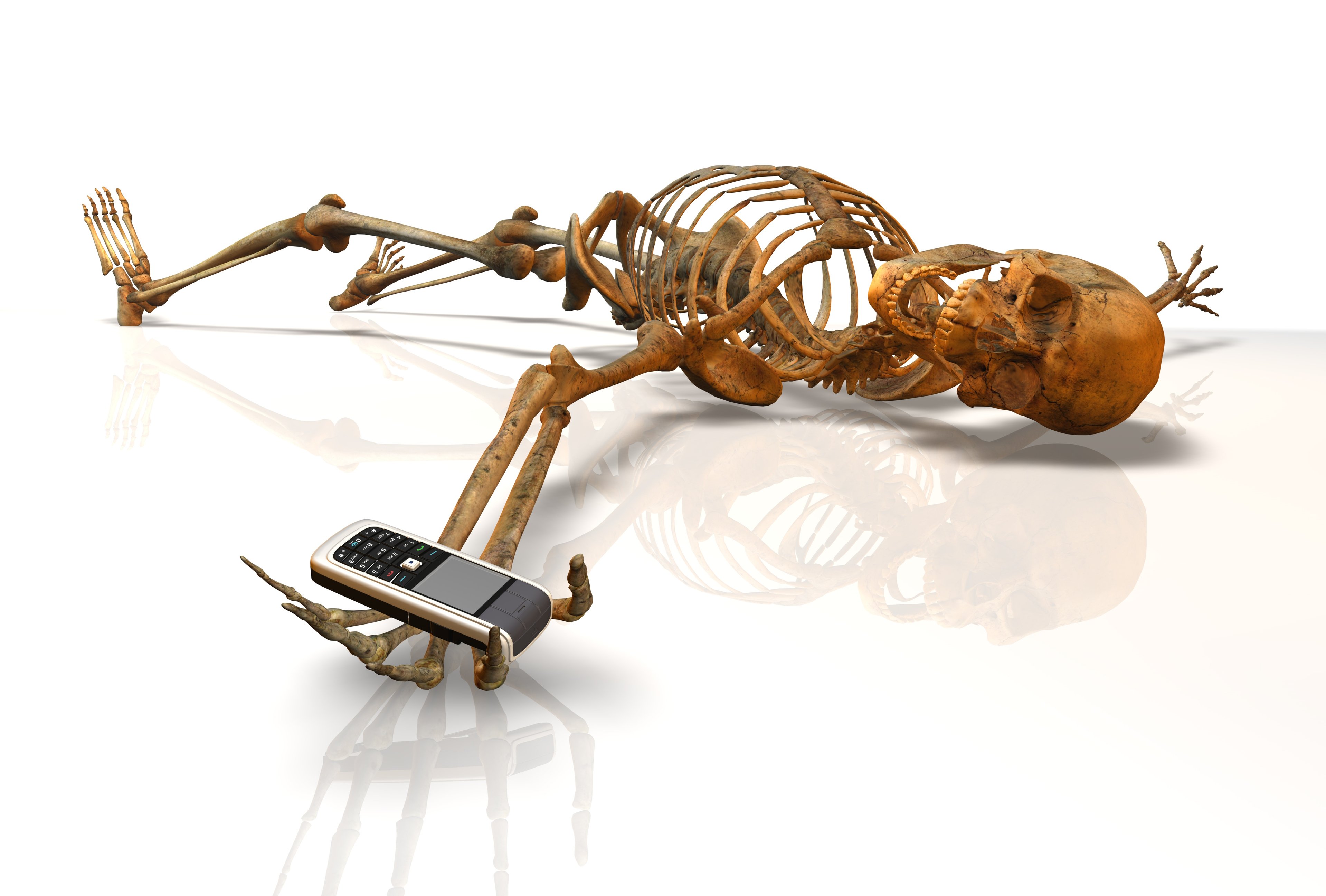"I've been holding for...!!" - The effect of Queue Content on Perceived Wait times

What’s the best thing for your on-hold? Music? Ads? Or Something else? No one likes waiting to get through to an agent. That goes without saying. But it’s a necessity, an issue we all face at some point. So, when you’re forced to wait, what do you want to hear? And what effect does that have on your perceived wait time? How does that relate to your on-hold?

Benjamin Knott, Theodore Pascale, and others discuss exactly this in their paper; “Please Hold for the next available agent” The Effect of Hold Queue Content on Apparent Hold Duration”. The team conducted a study whereby they analysed the different types of on hold experience and the effect of each, on a set of 60 participants. The queue content included; silence, music, adverts and voice recognition program, which adjusted the experience as per the caller’s instruction. To create as real experience as possible, each participant was given three typical tasks to complete on their calls; get a bill balance, make a payment, and disconnect service from their current residence. After each call the participants completed a call satisfaction survey, and then estimated the amount of time they were put on-hold.
The results were interesting, with silence scoring the worst and voice recognition the best. Music and adverts scored somewhere between, with music slightly better.
Their study proves that what you have on-hold truly effects not only perceived wait time, but also customer satisfaction. Callers under the silence parameter experienced time at slower rate, meaning that they overestimated the amount of time on-hold. Silence on-hold begets confusion, with questions raised like; “Have I been disconnected?”, “Have they forgotten about me?” – With nothing to engage the callers’ interests their minds are left to wander, and frustration becomes the paramount emotion. Callers that experienced a series of advertisements, were again left to feel frustrated – the adverts heard were radio ads, so perhaps not the most appropriate for this setting. The caller may have felt a little overwhelmed at the salesy nature of radio advertising. The team used Jazz music for the music parameter which, according to previous research, has been shown to be more effective when compared to other types of music (Ramos, 1993 in Knott, Pascal et al 2003), and as per their expectation scored better than adverts and silence. However, the study doesn’t take into consideration the amalgamation of music and adverts, and the effect that has. While this may do both; lower perceived wait times and increase caller frustration, there are lots of factors involved that could affect this, the most prominent being the individuality of the caller in question. The content of the ads in this case must be well thought out, engaging and benefit led. If a caller hears something they like, and something they feel they’ll benefit from, they’re more likely to feel engaged and less frustrated. Or more satisfied.
The final parameter, voice recognition, as mentioned above scored the highest, with the best caller satisfaction and most accurate perceived wait time. This indicates a direct correlation between caller engagement and caller satisfaction, some of the participants even requested to be put back into the IVP once their task had been completed. For clarification, the IVP was a “Tellme” style voice activated service, in which a caller could request information such as stock quotes, news or entertainment stories, sports updates and travel information. This put the caller in complete control of what they heard, kept them engaged, and increased satisfaction. Although the caller was able to accurately report the amount of time they waited for, there was little to no frustration at this.

Another similar study was conducted by Michael K. Hui & David K. Tse, whereby they played two types of message to an on-hold participant. One, was wait duration information – for example; “There’s a five-minute wait today”. And the other, was queuing information, such as the caller’s position within the queue; “You’re fifth in line”. They measured this by creating a predetermined set of wait times, the first was 5 minutes, and due to an earlier pilot study they decided that this would be the ‘short’ wait. It was evidenced that callers rarely showed any signs of stress or discomfort at being told they had to wait for that length of time. Whereas, when they were told the wait time would be 15 minutes they expressed concern and frustration. So this timeframe was used as the ‘long’ wait time. 10 minutes was therefore used as an intermediate wait time, as it was deemed long enough to potentially cause frustration over time. 135 students took part in the study, most were young, and from different departments within a Canadian University. The team conducted the study via a computer; each student was asked to fill out a registration form for a new class, they were told they were testing a new registration format. Each student was then told, through the display, how long their wait time would be, or where they were in the queue depending on which group they fell under. For those that were being told of their place within the queue, their position was updated for each minute they waited. So for the 5 minute queue, at 4 minutes they were told they were fourth in the queue, and so on. The other group was told the exact amount of time at the start. Although the study wasn’t conducted through telephony, the results and findings are easily transferable, many businesses utilise this exact method for informing customers of their place within a queue.
Their findings were interesting, for those that were in the ‘short’ wait queue, there was neither a positive or negative effect on the overall perceived wait and service level. In other words, telling the customer how long they had to wait had no effect. For the ‘intermediate’ or 10 minute wait queue, there was a more positive outcome. The team found that the customer felt they received a higher level of service. And although there was no evidence to suggest that the perceived wait time was less, it certainly was more acceptable. For the ‘long’ wait time, having the queuing information had no effect on perceived wait duration, and the result was much the same as the ‘intermediate’ wait period. However the results also suggested that being provided with wait times actually lowered the level of acceptance in the wait time. Which in turn could cause frustration.
Every large company experiences long wait times at some point, so what does the above tell us about the kind of information we should provide callers when they’re on-hold?

Based on the results of these studies, having an interchangeable and dynamic approach to your on-hold would create the best customer experience. Utilising information regarding wait times, only when a caller has less than 10 minutes left to wait, helps the caller understand where they sit within the queue. This is only beneficial if you can provide an accurate wait time; for example - if you have 100 agents, some of which deal with hour long calls, and some deal with minute long calls. The statistical probability that an agent will be available within a ‘mean’ time frame is much higher, than if you had less agents. And likewise, if the ‘agent interaction’ time is fairly consistent you can be quite certain that a call will be answered within your given time. On the other hand, if you can’t provide an accurate wait time, you risk negatively effecting your caller experience. No one likes to hear that there’s a long wait, and then for the call to be immediately answered. Or to be told there’s a ten-minute wait, and to end up waiting half an hour.
Providing the callers position within the queue has similar pitfalls, again, unless you can guarantee that position through similar statistical analysis of your calls. Although providing remaining wait time over queue position can create the better caller experience because of the psychological effect of the timer counting down. And, depending on your average wait and number of calls, “there’s a 5 minutes wait” can sound better than “You’re tenth in queue”. The better option ultimately depends on how accurate the information you can gather about your wait times is, and what has a better psychological affect on your caller. In many cases it may be better to say nothing at all.
Play music over silence or just messaging, and evidently – make that music Jazz! Music is so subjective, so choosing unobtrusive, unknown and easy to listen to tracks is generally the safest route. When you play messaging, keep them low key, benefit led, and not too salesy, no one likes to be bombarded with information that’s just not relevant.
Ultimately the best caller experience is when the caller is in control of what they hear. Provide a caller choice, choice on the genre of music they hear, or even the kinds of messages they hear. Give them the option to hear information that might interest them about your business. Engage with them, play games, or at least give your callers the option too. And if you can’t do that, provide your callers with as much information as possible, about where they sit in the queue, about what’s great about your business. Don’t just ply them with advertising, because they’re waiting on-hold for a purpose, and I can guarantee you it’s not to listen sales info. Remember, if you can benefit them. Then they’ll benefit you.
References
Hui, M. K & Tse, D.K, (1996) What to tell Customers in Waits of Different Lengths: An Integrative Study of Service Evaluation. Hong Kong University of Science and, Concordia University, Canada. Department of Business and Management, City University of Hong Kong.
Knott, B.A, Pascuale, T. Miller, J. Mills, S.H & Joseph, K.M, (2003) Proceeding of the Human Factors and Ergonomics Society, 47th Annual Meeting-2003. “PLEASE HOLD FOR THE NEXT AVAILABLE AGENT:” THE EFFECT OF HOLD QUEUE CONTENT ON APPARENT HOLD DURATION. SBC Laboratories, Inc. Austin TX
Ramos, L. V. (1993). The effects of on-hold telephone music on the number of premature disconnections to a statewide protective services abuse hot line. Found in Knott, B.A, Pascuale, T. Miller, J. Mills, S.H & Joseph, K.M, (2003) Proceeding of the Human Factors and Ergonomics Society, 47th Annual Meeting-2003. “PLEASE HOLD FOR THE NEXT AVAILABLE AGENT:” THE EFFECT OF HOLD QUEUE CONTENT ON APPARENT HOLD DURATION. SBC Laboratories, Inc. Austin TX